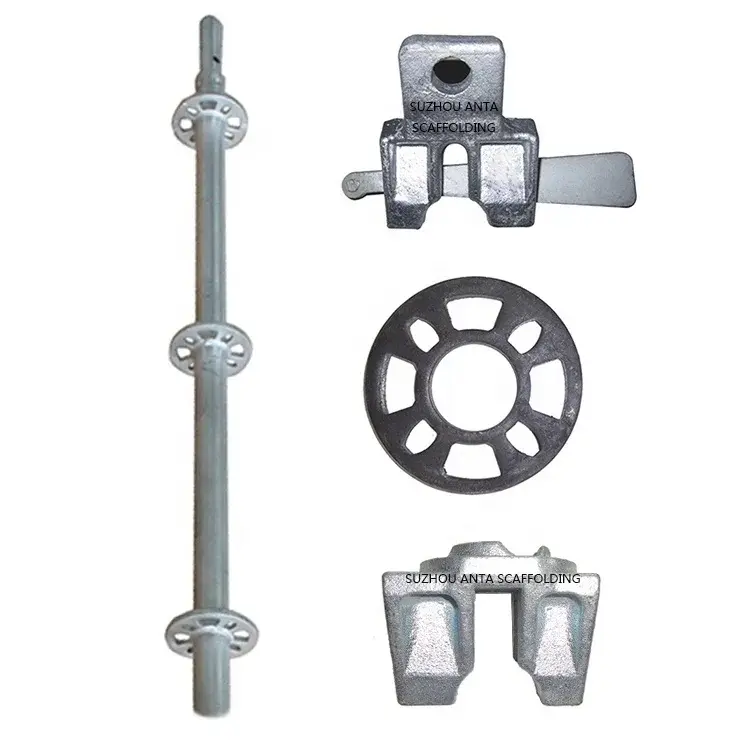Scaffolding In Construction: Complete Guide To Types, Uses, & Safety Measures
Construction sites are busy, dynamic environments where safety is of utmost importance. One crucial element in ensuring safety and efficiency in construction projects is scaffolding. Scaffolding is a temporary structure erected at a construction site to support workers and materials during the construction, maintenance, or repair of buildings and other structures.
Types of Scaffolding

There are various types of scaffolding used in construction, each designed for specific purposes and applications. Some common types include:
- Supported scaffolding: This is the most common type of scaffolding, consisting of one or more platforms supported by rigid, load-bearing members such as poles, legs, frames, or outriggers.
- Suspended scaffolding: This type of scaffolding is suspended from the top of a building or structure and is commonly used for activities such as window washing, painting, or repair work.
- Mobile scaffolding: Also known as rolling scaffolding, this type is mounted on wheels or casters that allow for easy movement around a construction site.
- Cantilever scaffolding: This type is supported by a series of needles or beams that project from the building or structure being worked on, providing access to areas that are not easily reached.
- Trestle scaffolding: Trestle scaffolding consists of a platform supported by tripods or trestles that are easily adjustable to different heights.
Each type of scaffolding has its own advantages and limitations, and it is important to choose the right type based on the specific requirements of the construction project.
Uses of Scaffolding
Scaffolding is used in construction for a variety of purposes, including:
- Providing access: Scaffolding allows workers to safely access hard-to-reach areas of buildings or structures, such as facades, roofs, or ceilings.
- Supporting workers and materials: Scaffolding provides a stable platform for workers to perform their tasks and transport materials safely and efficiently.
- Enhancing safety: Scaffolding helps reduce the risk of accidents and injuries by providing a secure working platform and preventing falls.
- Facilitating productivity: Scaffolding enables workers to work at multiple levels simultaneously, increasing productivity and efficiency on construction sites.
Without scaffolding, construction projects would be much more challenging and dangerous, making it an essential component in the construction industry.
Safety Measures for Scaffolding
Safety is paramount when working with scaffolding, as accidents can result in serious injuries or even fatalities. Some important safety measures to follow when using scaffolding include:
- Inspection: Scaffolding should be inspected by a competent person before each use to ensure it is safe and secure.
- Training: Workers should receive proper training on how to assemble, use, and disassemble scaffolding safely.
- Fall protection: Workers should use appropriate fall protection equipment, such as guardrails, safety nets, or harnesses, when working on scaffolding at heights.
- Weight capacity: Scaffolding should never be overloaded beyond its maximum weight capacity to avoid collapses or structural failures.
- Weather conditions: Scaffolding should not be used in adverse weather conditions, such as high winds, rain, or snow, which can affect its stability and safety.
By following these safety measures and guidelines, construction workers can minimize the risks associated with working on scaffolding and create a safer work environment for everyone involved in the project.
Conclusion
In conclusion, scaffolding plays a vital role in the construction industry by providing a safe and stable platform for workers to perform their tasks at various heights. With different types of scaffolding available, it is essential to choose the right type based on the specific requirements of the construction project. By following important safety measures and guidelines, construction workers can ensure the safety and well-being of everyone on the construction site. Scaffolding may be temporary, but its impact on the safety and efficiency of construction projects is lasting.

